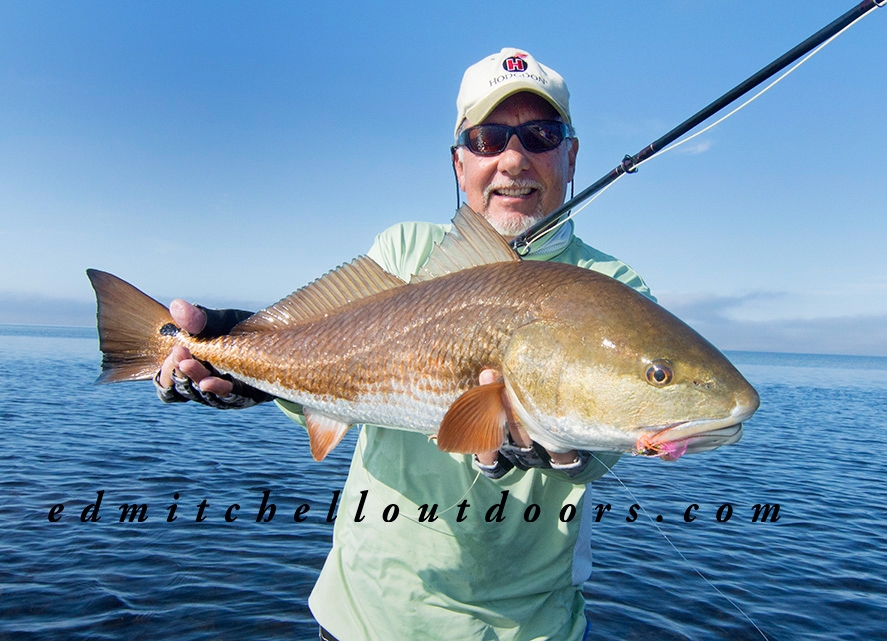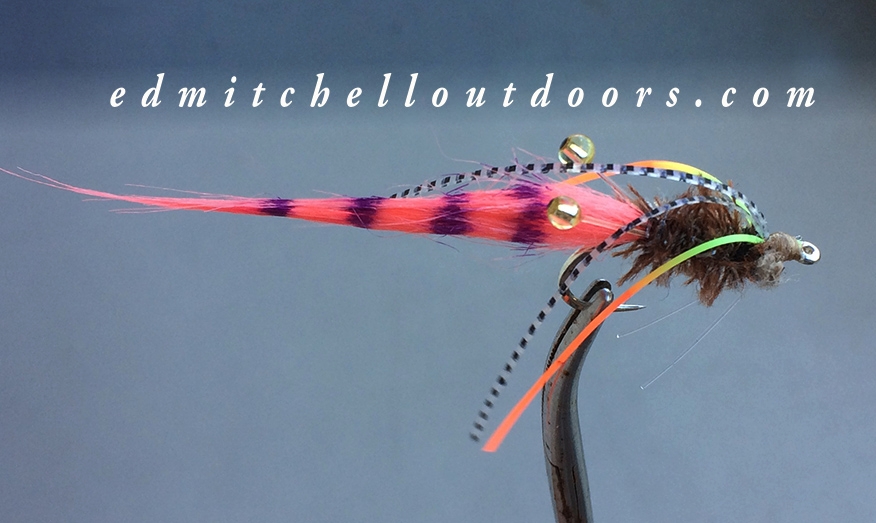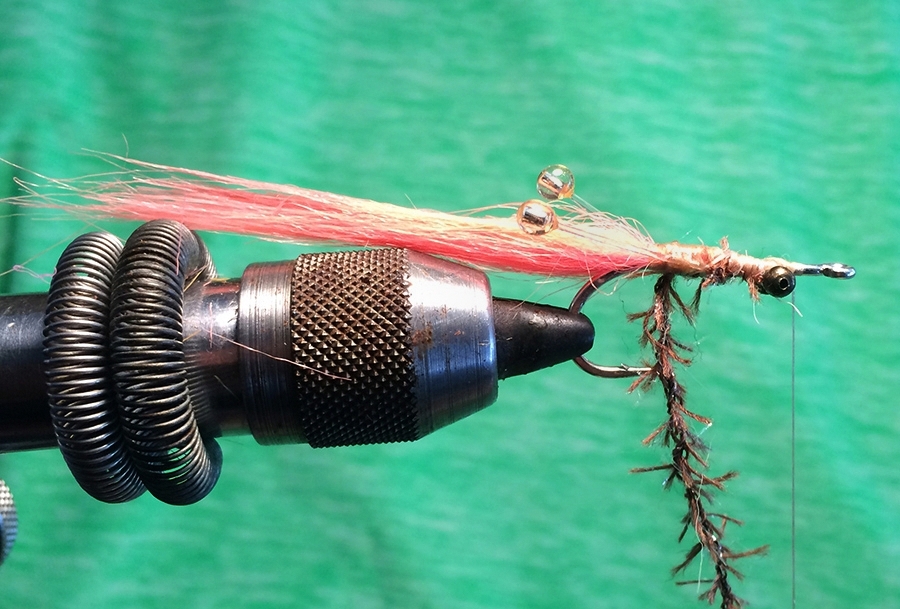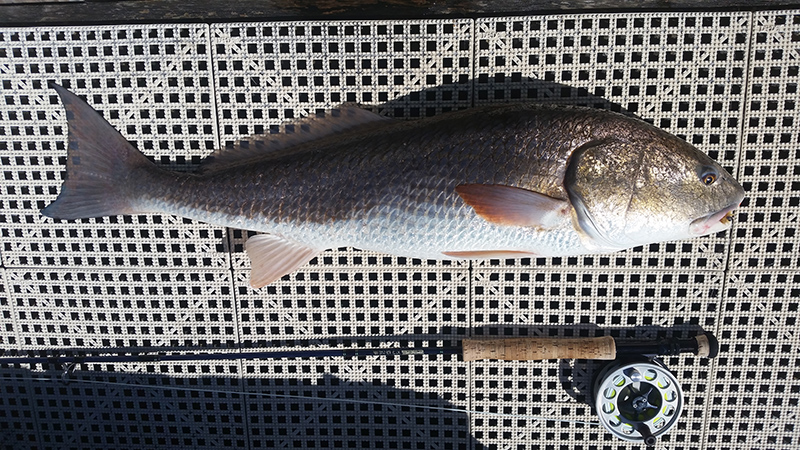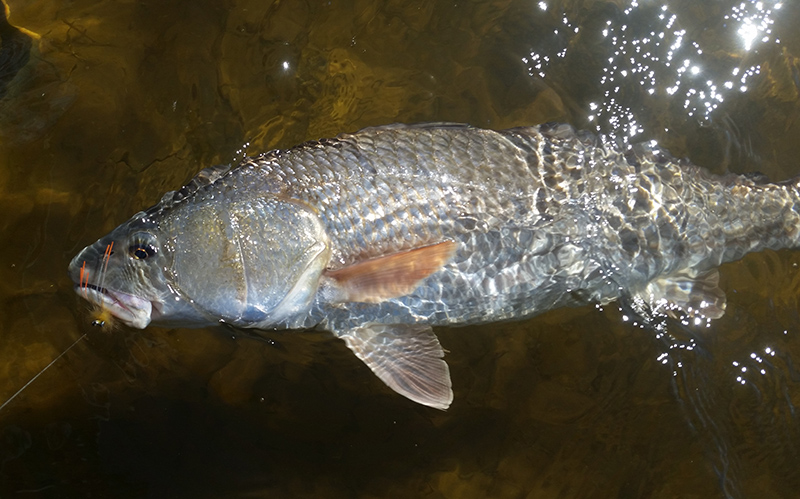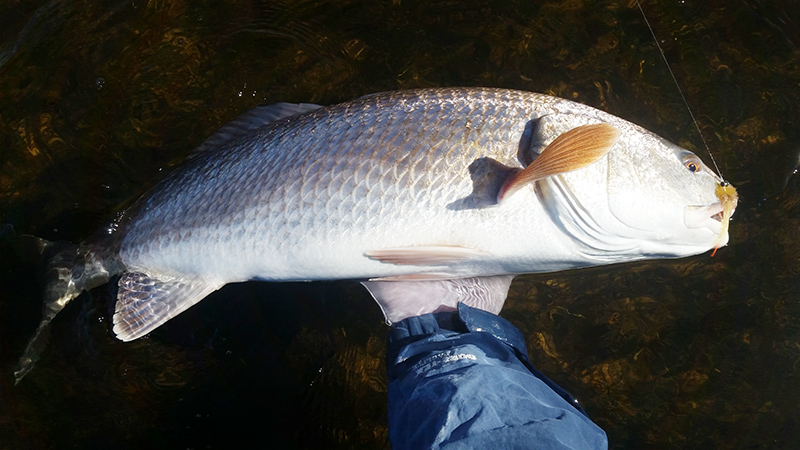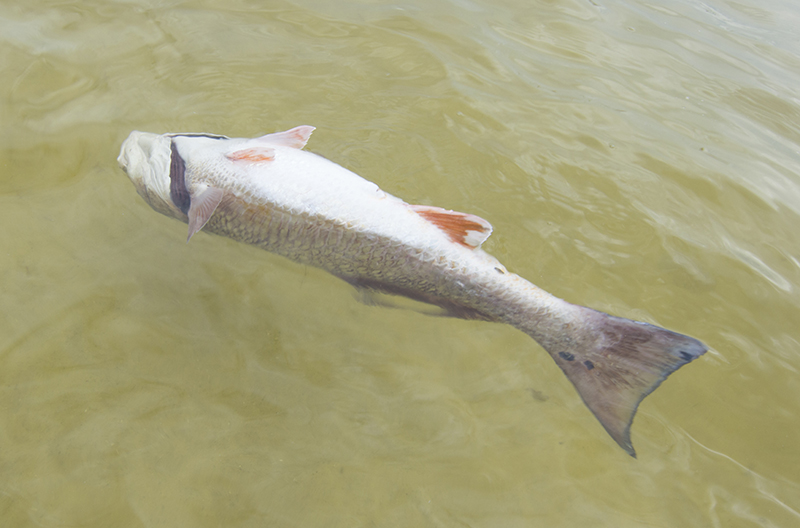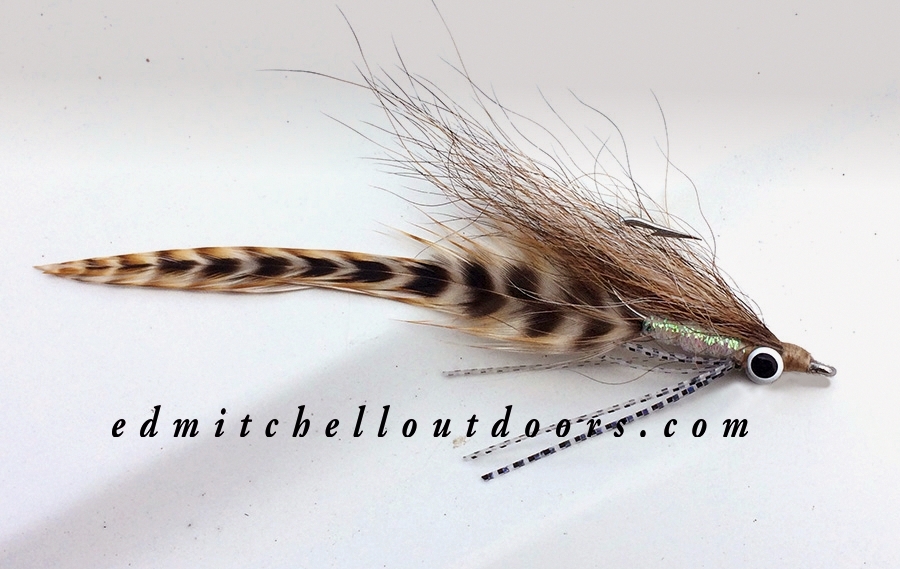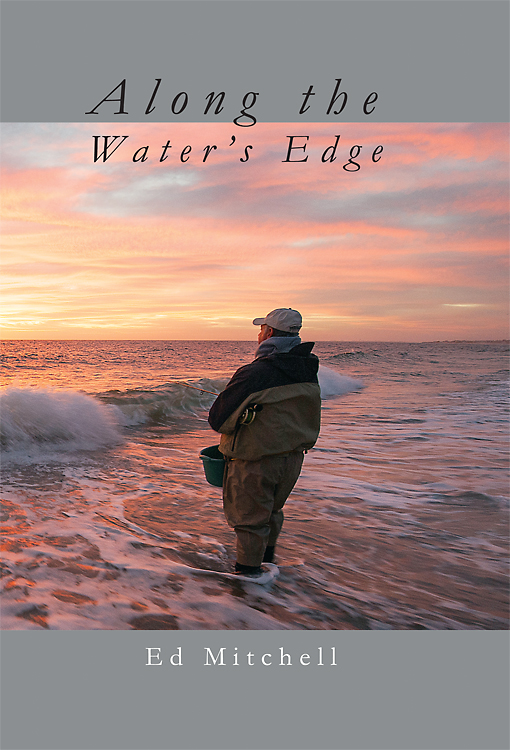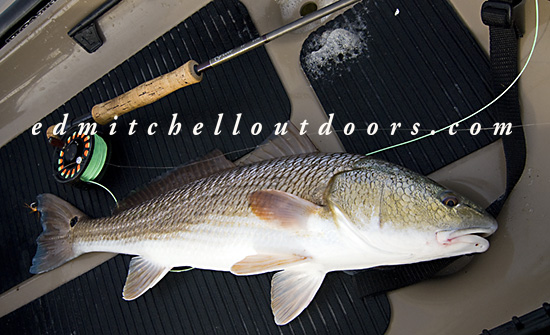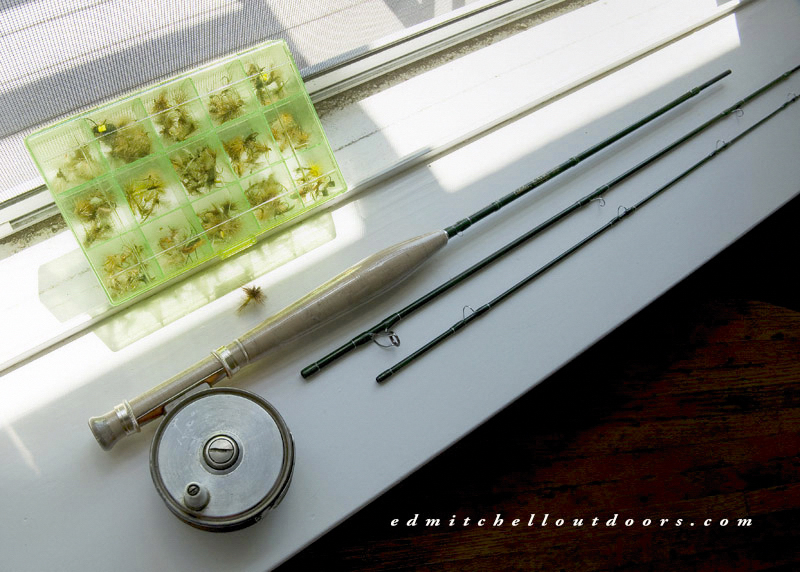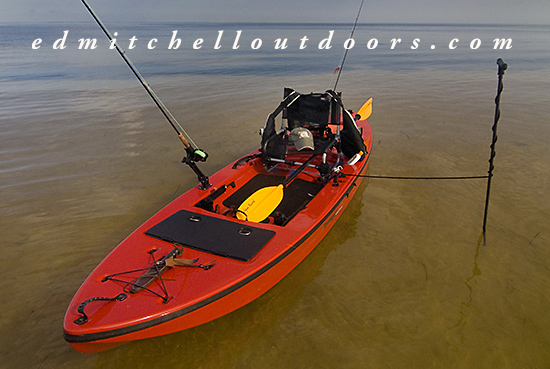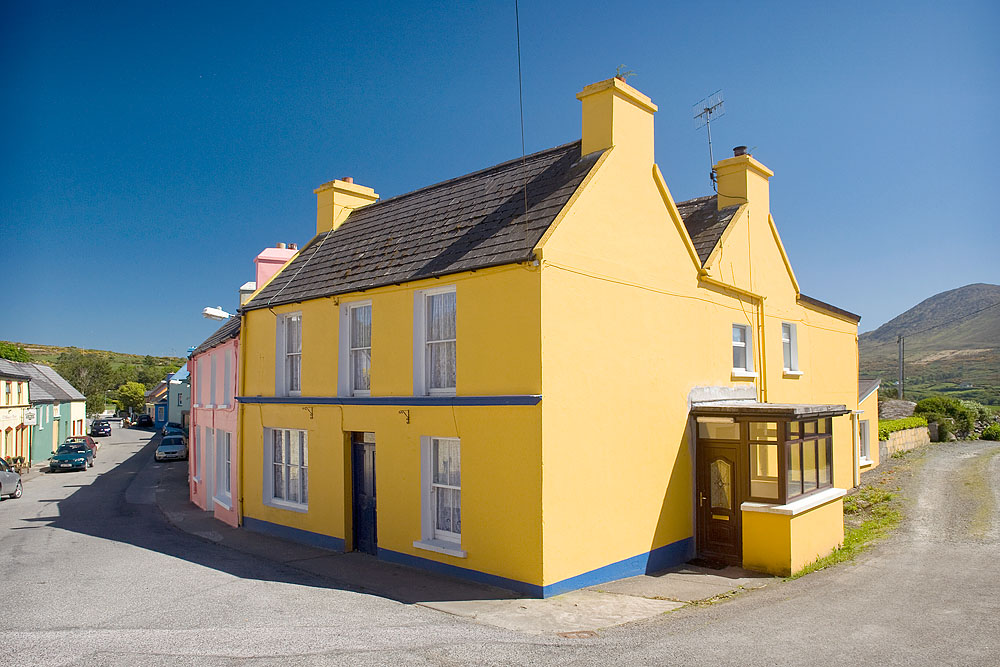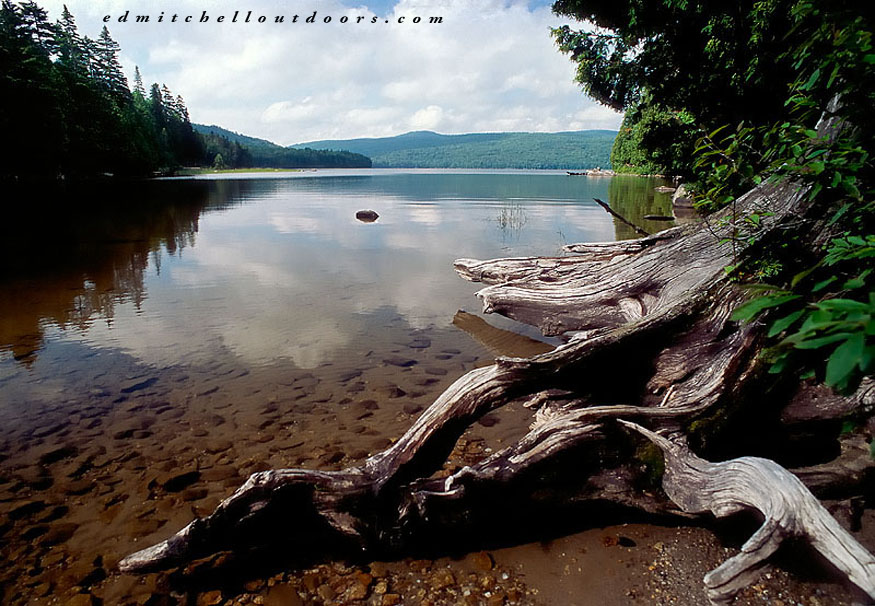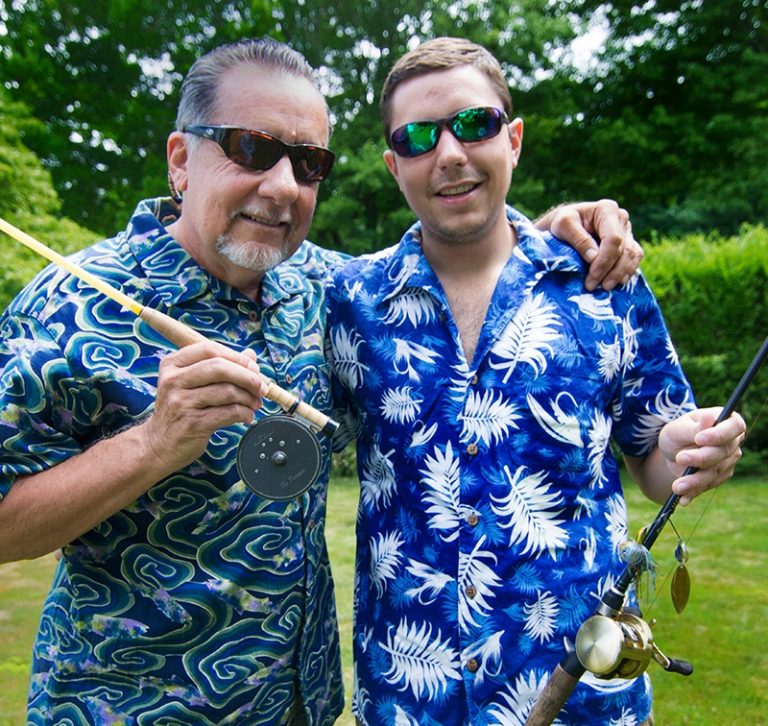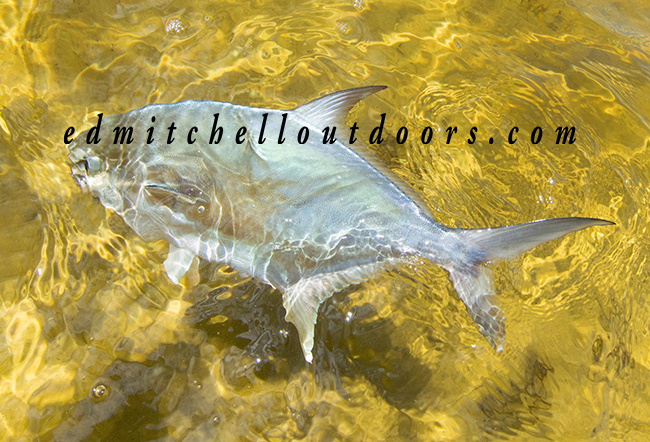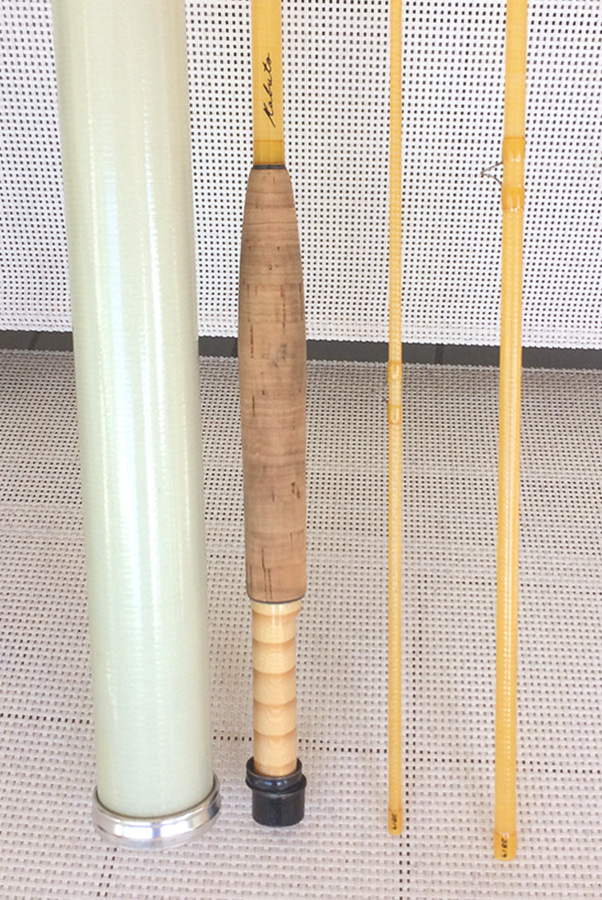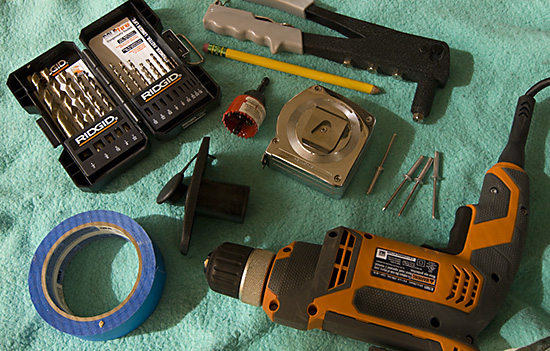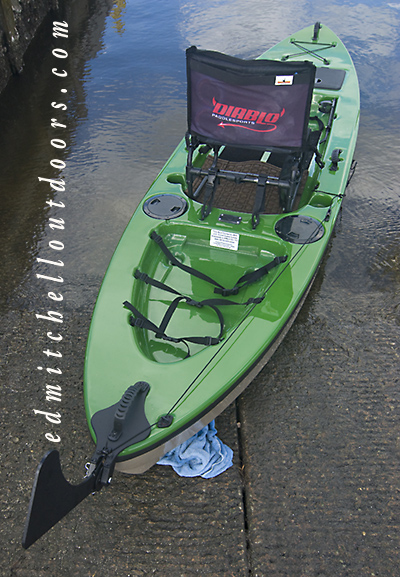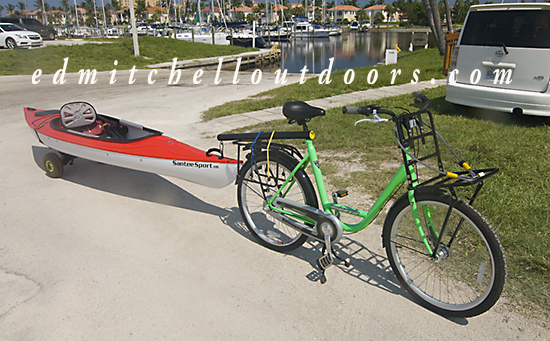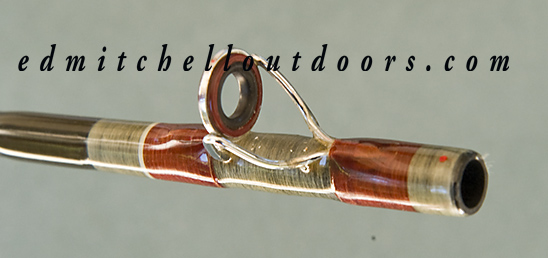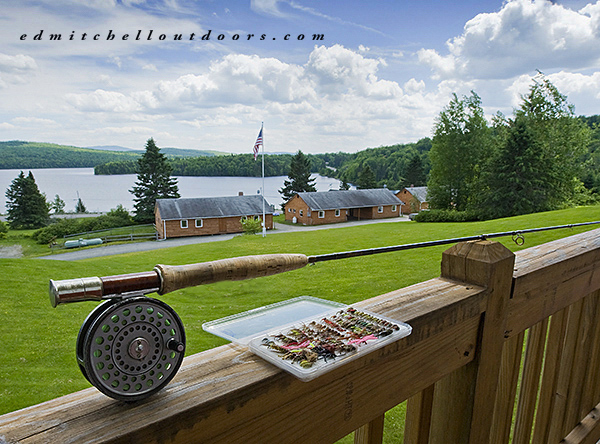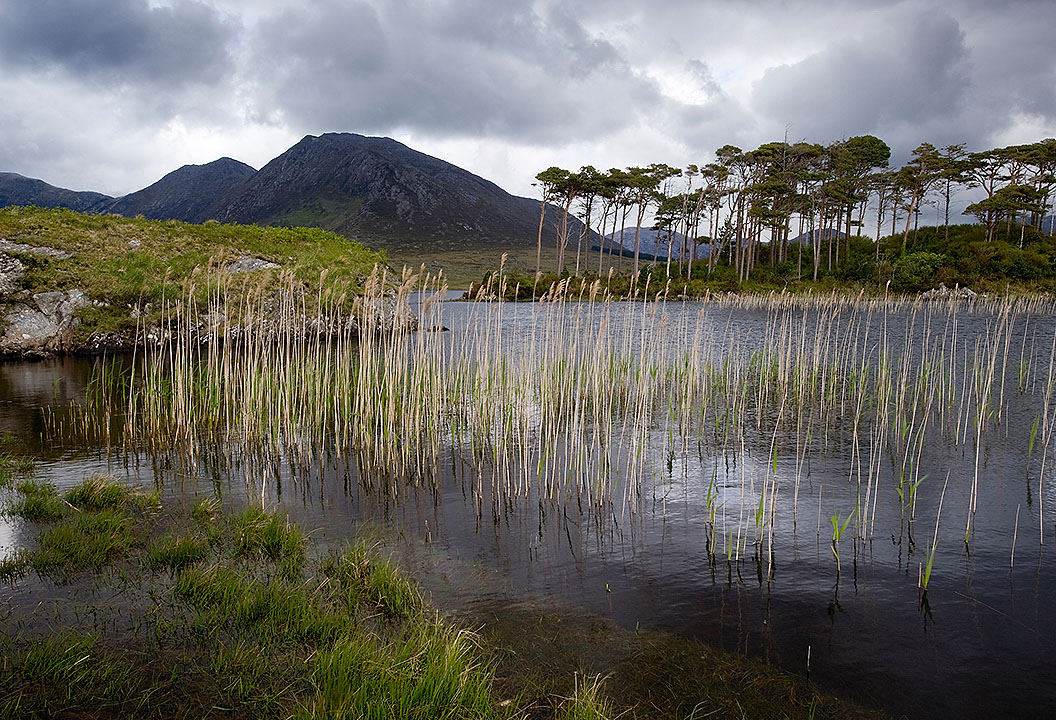Awhile back I began exploring the potential of brightly colored crab flies. Well its time to talk more more about them -more about the Neon Crab fly.
Back in January of this year, I caught the above red. If you look closely you’ll see a crab fly stuck in its craw. Pink tail, yellow and hot orange rubber legs. Yeah its a Neon Crab fly.
Now this post is not an attempt to get you to chuck your “match the hatch” crab flies. The ones in tan, olive and green. They work after all. But I am saying you should carry brightly colored crab flies as well, especially where the water isn’t perfectly clear. The very first thing an effective fly has to do is to be seen, right! And if fish can’t find it you’re dead in the water, right? Okay, enough said. Recognize too, that bright colors can trigger an aggressive strike from fish that are otherwise reluctant to bite. And in recent times many fly tyers, sea-trout anglers in Sweden come to mind, swear by effectiveness of fluorescent colors and UV materials.
Lets take a quick look at tying one of these Neon Crab flies. I tie them in both size 2# and 4# on Mustad Big Game C70SD hooks. Thread color isn’t terrible important, but I tend toward tan. Since I typically fish them in very shallow water, I generally use only bead-chain eyes. But if you fish deeper, lead-eyes are appropriate.
The tail in this particular example is pink craft fur. Its a bit long and I will trim later. Twice the hook shank is all you really need. Note that the bead-chain eyes are tied in below the hook. More on this in a moment.
At this point I’ve tied in glass eyes, and super glued them in place. I’ve also tied in some brown Woolly Chenille to the underside of the hook. You could substitute a dubbing loop and “dub” the body, if you prefer.
After winding the chenille forward and lashing it down, I tied in two sets of rubber legs just forward of the bead-chain eyes. Placed here, during the retrieve they tend to splay outward and give you plenty of action. Plus, when the legs break off after a fish or two, you can sit down at the vise and easily replace them. Next, I added a 20 pound mono weed guard.
So why did I tie the bead-chain and chenille on the bottom of the hook? Simply this: For the weed guard to work properly, the hook must ride point down. The final step is to add a few bars to the tail with a laundry marker. Now you’re done!

